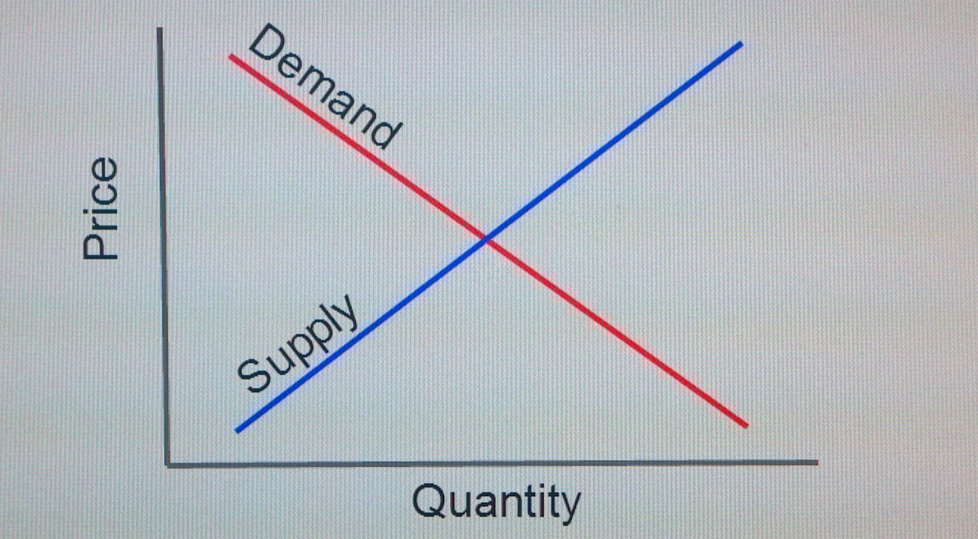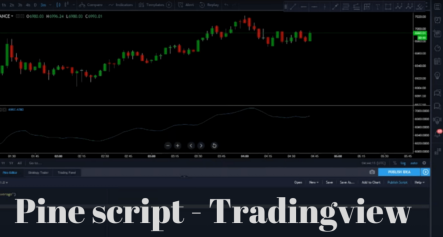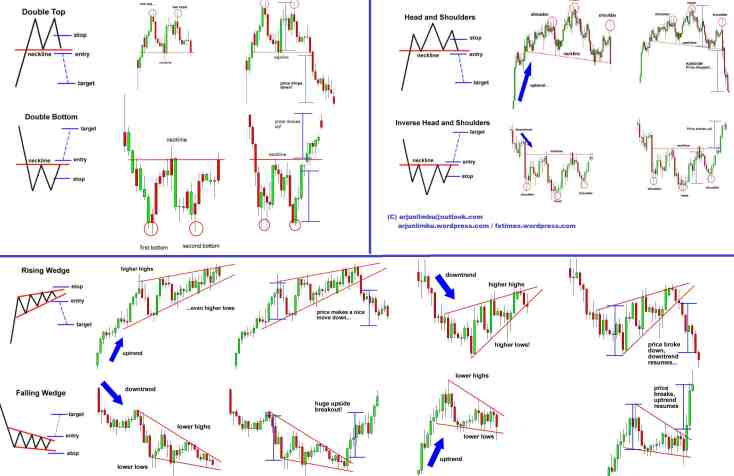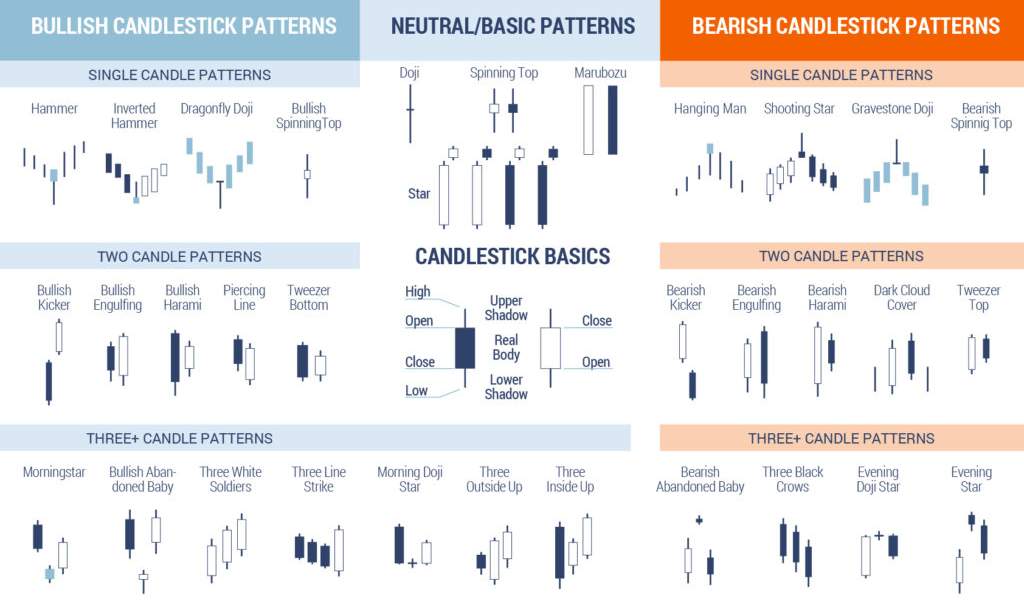Cryptoeconomics
This page is the result of resources I’ve collected, not necessarily in an intentional fashion, but includes what ended up in the “economics folder” while I was studying trading more intensely.
However, you may appreciate this collection, or might feel like getting to the meat of Cryptoeconomics at:
jpantunes/awesome-cryptoeconomics - A curated list of awesome resources for Cryptoeconomics research.
Economics
- A beginner’s guide to institutional cryptoeconomics
- Byzantine Political Economy
-
Cryptocurrencies – towards a circular economy
I’m anchoring the circular economy to its currency meaning and show how both the Euro and cryptocurrencies share the same adoption, growth and stability cycles. Few remember that the Euro was established in 1999 as a virtual currency first and only in 2002 did it become a printed / minted physical currency. Beginning on 1 January 1999, all bonds and other forms of government debt by eurozone nations were denominated in euros and all participating economies pegged their local currencies to the Euro, becoming subdivisions.”
-
Cryptocurrencies are money, not equity
Developer incentivization and the power of holders Naval recently incited a debate regarding developer incentivization and the value of holders. It spurred a number of responses and a fruitful discussion. This issue has just about been exhausted. But instead of banging my head against the wall in frustration, I figured I’d add my two cents and meander on the axiomatic issues in the cryptocurrency space that this revealed.\n\nThere are two questions Naval surfaced: (1) What’s the value of holders? and (2) How to incentivize developers?
- Economics back into Cryptoeconomics
-
Capturing Crypto Value
In my previous posts (part 1, part 2), I looked at various token designs that could be useful for capturing crypto value. Basically, the aim of a crypto asset should be to become a Store of Value, charge fees or confer control. I believe that whilst the SoV argument is fairly well known, the ability for a crypto system to charge fees or deliver valuable control is often disputed (\“just fork it\”).”
- Placeholder -A Brief Study of Cryptonetwork Forks
-
Tokenization Economy - Valuing Digital Assets
Notes: This paper reviews three approaches to valuing Crypto Assets.
1) cost of production 2) equation of exchange 3) network value.
We then propose a new model, modifying the cost of production. Given the growing popularity and value of the Crypto Asset market, we add to the growing academic and professional research
- mises.org/library/ethics-money-production
- The Emergence of Cryptoeconomic Primatives
-
In Defense of Trouble Makers
Psychologist Charlan Nemeth of the University of California, Berkeley and author of In Defense of Troublemakers talks with EconTalk host Russ Roberts about the ideas in the book–the power of groupthink, the power of conviction, and the opportunity for an authentic, persistent dissenter to have an impact on a group’s decision. The conversation concludes with a discussion of the challenges of doing careful research in modern times.
-
The Bear Case for Crypto
One of the nice things about stepping away from blockchain for a bit to get my U.S. legal qualifications in order is that I don’t have to sit through meetings or phone calls with venture capitalists anymore.\n\nFundraising sucks. With a few notable exceptions (including a very helpful Texan), I was never a huge fan of those meetings, which felt like bad Tinder dates without any alcohol, where you talk about work the entire time, and go home alone at 11:30, pour two fingers of Wild Turkey, answer ten emails and survey the desolate ruins of your social life while you listen to prog rock until two in the morning. (Not that I do that.)”
-
Vitalik Buterin on Cryptoeconomics and Markets in Everything (Ep. 45)
At the intersection of programming, economics, cryptography, distributed systems, information theory, and math, you will find Vitalik Buterin, who has managed to synthesize insights across those fields into successful, real-world applications like Ethereum, which aims to decentralize the Internet.\n\nTyler sat down with Vitalik to discuss the many things he’s thinking about and working on, including the nascent field of cryptoeconomics, the best analogy for understanding the blockchain, his desire for more social science fiction, why belief in progress is our most useful delusion, best places to visit in time and space, how he picks up languages, why centralization’s not all bad, the best ways to value crypto assets, whether P = NP, and much more.”
Incentives
-
bankofcanada.ca - Staff WOrking Paper - Incentive Compatibility on the Blockchain
A blockchain is a digital ledger that keeps track of a record of ownership without the need for a designated party to update and enforce changes to the record. The updating of the ledger is done directly by the users of the blockchain and is traditionally governed by a proof-of-work (PoW) protocol. We formalize this protocol as a Cournot game where users compete to update the blockchain for a reward. Cheating occurs in the form of “double spending” when users try to tamper with ownership records in order to defraud their counterparties. Ruling out incentives to cheat can be summarized in the form of a “no double-spending constraint.” These constraints put restrictions on the design of a blockchain and, thus, play a role akin to incentive compatibility constraints in classic mechanism design.”
Investors
-
Asian investors have plenty of cash, a hearty appetite for investments and a different approach to doing deals
The VC landscape has been shifting radically in the past few years as Asian investors pump cash into startups. Last year, Asian VCs invested 40 percent of the $154 billion in global venture financing, compared to a 44 percent stake for U.S. investors, according to a recent Wall Street Journal analysis. […] If you’re being courted by Asian investors — and it’s more likely than ever that you will be — you’ll need to adjust the VCs’ expectations. That can be a challenging task when the parties have different perspectives on appropriate management styles and levels of control.”
Market Narratives
-
@Nathaniel Whittemore
1/ Everyone wants to know the future. Market narratives explain what’s happening and inform our actions. At the moment, a # of narratives are competing to explain crypto’s immediate next next. Below is the TL;DR and bibliography of a piece I wrote on these narratives:
-
Market Narratives Are Marketing: Introducing The Crypto Narrative Index
Like any emergent phenomena, crypto is a battle ground for narratives that compete to explain what’s happening, why it’s happening, and what might happen next.
NARRATIVE WATCH: "OPEN FINANCE." If you’ve opened CryptoTwitter in the last few days, you likely seen the phrase “Open Finance,” and based on who you follow, it might be extremely positive or extraordinarily negative. So, what’s going on? Thread 👇/1 https://t.co/D2i3HPAio9
— Nathaniel Whittemore (@nlw) September 4, 2018
Game Theory
- [@RhysLindmark on Game Theory]
(https://twitter.com/RhysLindmark/status/1023657025648119808)
1/ #Fomo3d is a variant on a well-studied game theory problem called "entrapment". This is just the start of "Game Theory As A Dark Art."Here’s what we can learn from it 👇”
Bitcoin
- Bitcoin Market-Value-to-Realized-Value (MVRV) Ratio
-
The Bitcoin Standard - Free Version (purchase)
This book explains Bitcoin as the newest technology to serve the function of money, an invention leveraging the technological possibilities of the digital age to solve a problem that has persisted for all of humanity’s existence: how to move economic value between people, and across time and space. In order to understand Bitcoin, one must first understand money, and to understand money, there is no alternative to the study of the function and history of money. “
-
Fat Monies: Anti-Contrarianism in Cryptocurrency Investing
Erik talks to two of the most interesting crypto thinkers around: Arjun Balaji (@arjunblj), crypto investor, trader and incubator, and Murad Mahmudov (@MustStopMurad), crypto analyst and angel investor. In this wide-ranging and mind-expanding interview, the three discuss a number of topics relating to cryptocurrencies, effects on government, economic history, and predictions for the future, among many other things including:
- The arguments for Bitcoin over other cryptocurrencies and whether Bitcoin can be toppled - Why Bitcoin is less like digital gold and more like “digital nuclear weapons”
- Whether Bitcoin will be “the MySpace of money” - A history of the Austrian school of economics
- The impacts of hard forks on a community
- How competition between monies accelerates capitalism - Whether blockchain as a technology is overrated or underrated
- The parallels between cryptocurrency and the Asian construction bubble - Institutional…”
-
The Bullish Case for Bitcoin
With the price of a bitcoin surging to new highs in 2017, the bullish case for investors might seem so obvious it does not need stating. Alternatively it may seem foolish to invest in a digital asset that isn’t backed by any commodity or government and whose price rise has prompted some to compare it to the tulip mania or the dot-com bubble. Neither is true; the bullish case for Bitcoin is compelling but far from obvious. There are significant risks to investing in Bitcoin, but, as I will argue, there is still an immense opportunity.”
-
Bitcoin Economics – Credit expansion and the characteristics of money which make it possible (Part 1)
Abstract: In this piece on economics, we look at misconceptions with respect to how banks make loans and the implications this has on the ability of banks to expand the level of credit in the economy. We analyze the inherent properties of money which ensure that this is the case and the impact this could have on the business cycle.”
-
Half of the remaining non-minted Supply of Bitcoin is Spoken For
Who in the world owns this stuff? And who will?\n\nThese are the 2nd and 3rd most common questions I get from legacy investors searching for mental models to project value based on future user base.\n\nWhat they are really (rightly) grasping for is potential future demand, based on the classic concept of Total Addressable Market (TAM).\n\nJust a few years back data was scarce, population surveys were rare, and the small crypto population meant that necessary sample sizes were prohibitive to conduct; but in the immortal words of Bob Dylan: “Times, they are a-changin’.””
-
The Economic Limits of Bitcoin and the Blockchain
The amount of computational power devoted to anonymous, decentralized blockchains such as Bitcoin’s must simultaneously satisfy two conditions in equilibrium: (1) a zero-profit condition among miners, who engage in a rent-seeking competition for the prize associated with adding the next block to the chain; and (2) an incentive compatibility condition on the system’s vulnerability to a “majority attack”, namely that the computational costs of such an attack must exceed the benefits. Together, these two equations imply that (3) the recurring, “flow”, payments to miners for running the blockchain must be large relative to the one-off, “stock”, benefits of attacking it.
-
@NickSzabo4 on Bitcoin Economics
Bitcoin is seamlessly global, it does not and need not conform to the ideological speculations ("macroeconomic theories") of particular polities.”
- Bitcoin Economics – Credit expansion and the characteristics of money which make it possible (Part 1)
Bitcoin Cash
-
A Note on Metcalfe’s Law, Externalities and Ecosystem Splits
Looks like it’s blockchain split season again. For background of various people discussing the topic, and whether such splits are good or bad:
Power laws and network effects (arguing the BTC/BCC split may destroy value due to network effect loss):
- Power, Laws, and Network Effects. Why BitcoinCash is not a Free Lunch
Ethereum
- Brian Armstrong on the Ethereum Hard Fork
-
Phil Daian on the ETH/ETC split
Given that ecosystem splits are not going away, and we may well see more of them in the crypto industry over the next decade, it seems useful to inform the discussion with some simple economic modeling. With that in mind, let’s get right to it.
Stats
-
Worldwide Spending on Blockchain Forecast to Reach $11.7 Billion in 2022, According to New IDC Spending Guide
Worldwide spending on blockchain solutions is forecast to reach $11.7 billion in 2022, according to a new update to the Worldwide Semiannual Blockchain Spending Guide from International Data Corporation (IDC). IDC expects blockchain spending to grow at a robust pace throughout the 2017-2022 forecast period with a five-year compound annual growth rate (CAGR) of 73.2%. Worldwide blockchain spending is expected to be $1.5 billion in 2018, double the amount spent in 2017.”
Austrian
-
A Beginners Guide to Austrian Economics
- https://twitter.com/LamarDealMaker/status/1024495681967452161
For years I had noticed how some of the smartest people I know all tell me that they find economics very difficult to understand. Doctors, engineers, businessmen, and many other highly intelligent people would all share a similar story: “I took a few economics courses in college and did well, but I didn’t understand anything/forgot it all.” It pains me to see these people think the problem is that they are not intelligent enough, that economics is somehow too complex for them to comprehend, or that they did not study hard enough, when the reality is that the problem is not in them, but in the nonsensical brand of Keynesian and mathematical economics that is taught in most of the world’s universities today.
- https://twitter.com/LamarDealMaker/status/1024495681967452161
-
Austrian School — RationalWIki
Austrian economics very much has the psychology of a cult. Its devotees believe that they have access to a truth that generations of mainstream economists have somehow failed to discern; they go wild at any suggestion that maybe they’re the ones who have an intellectual blind spot. And as with all cults, the failure of prophecy — in this case, the prophecy of soaring inflation from deficits and monetary expansion — only strengthens the determination of the faithful to uphold the faith. —Paul Krugman”
Edit this page
Social Share
Twitter Facebook LinkedIn Reddit
| Bitcoin | DOGE |
|---|---|
| 1A1DZfw4VgpHCgnMjnmfDnMjddKf8xdYbd | DQKkzfJjqnXUD8Z7C3e84vKzvghPe9dXSa |
 |
 |





